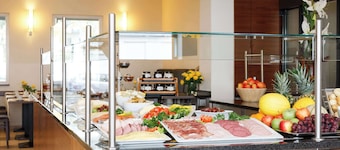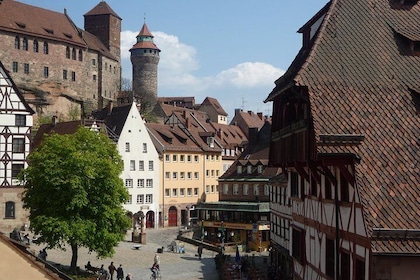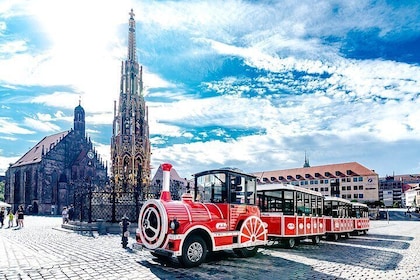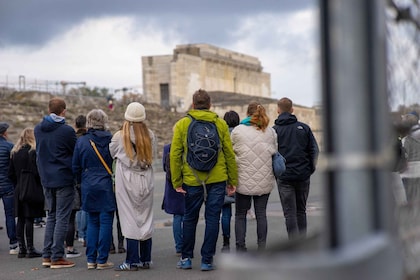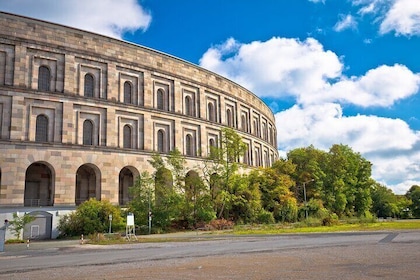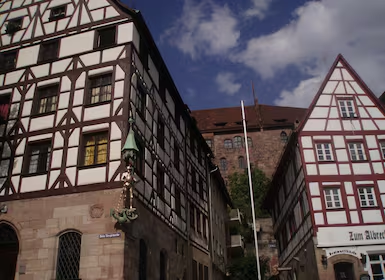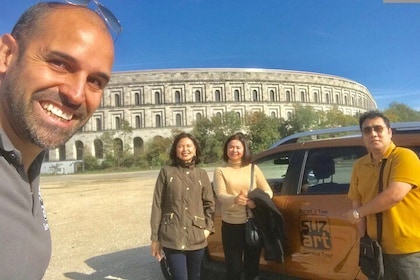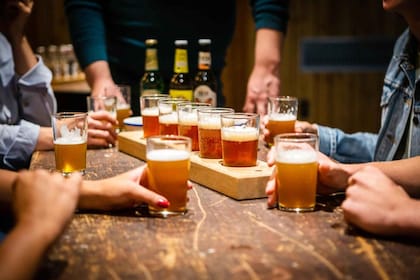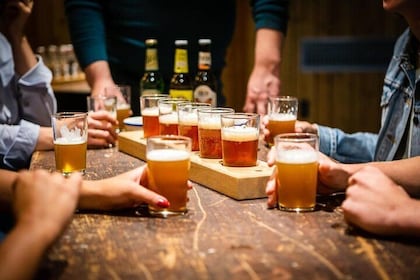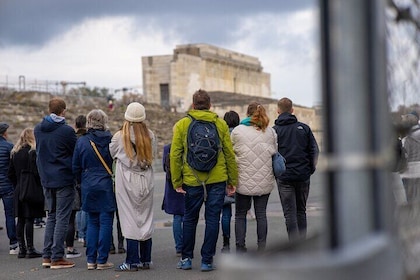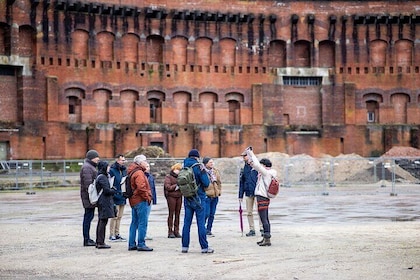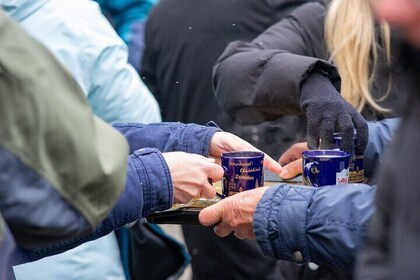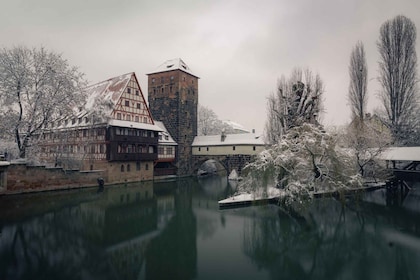Gereja St. Sebaldus
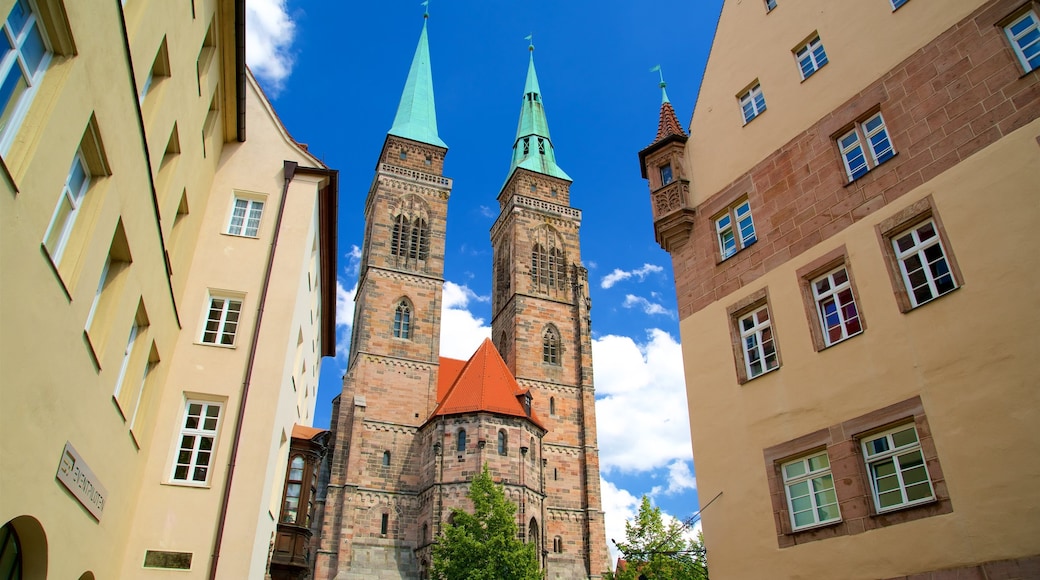
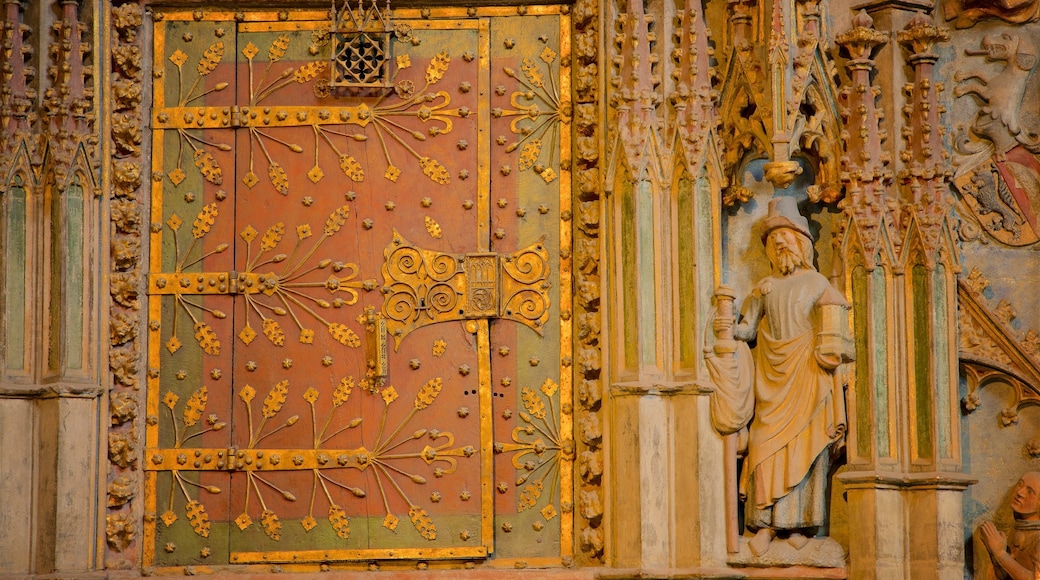
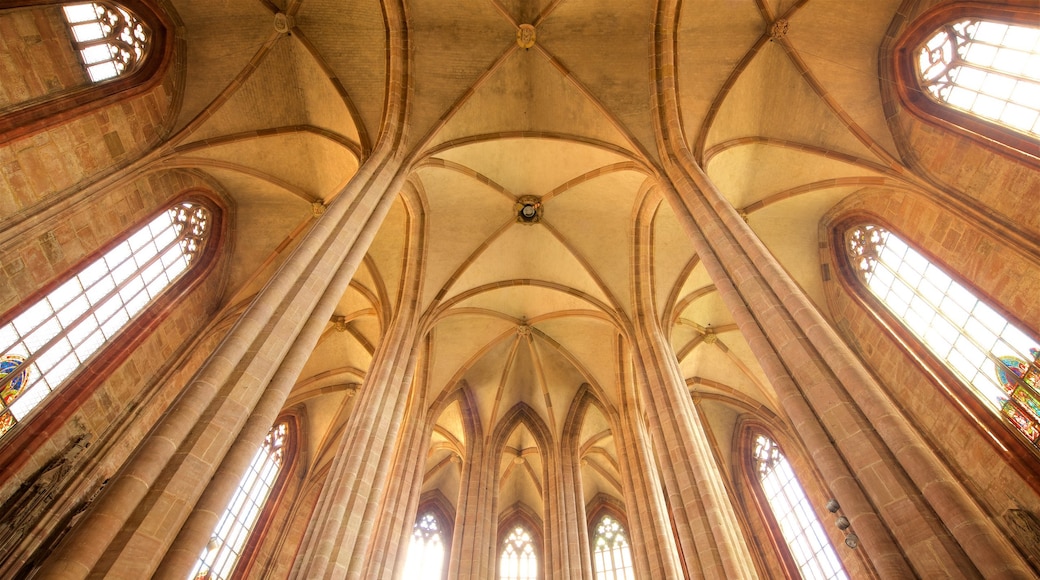
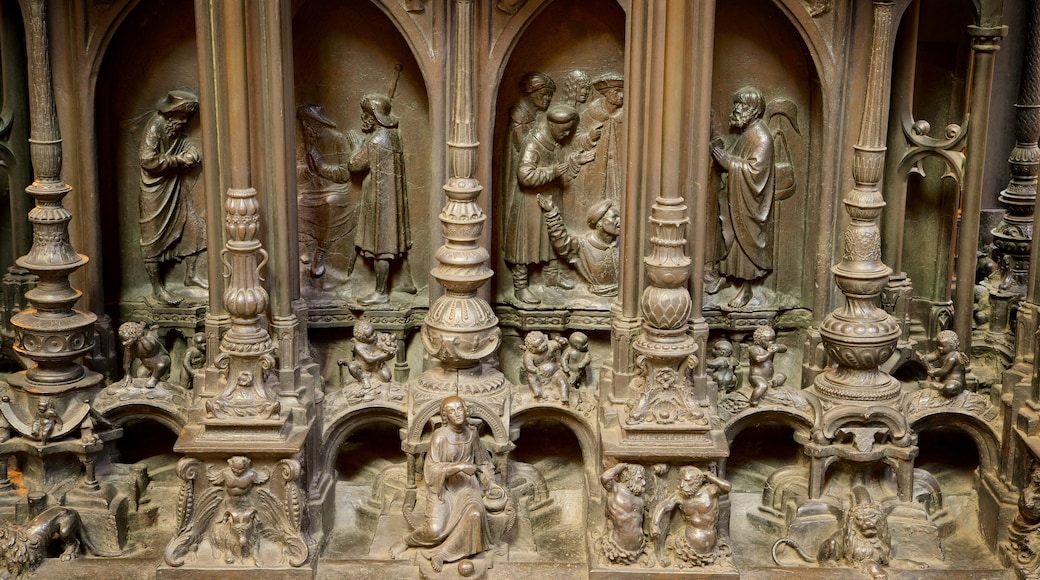
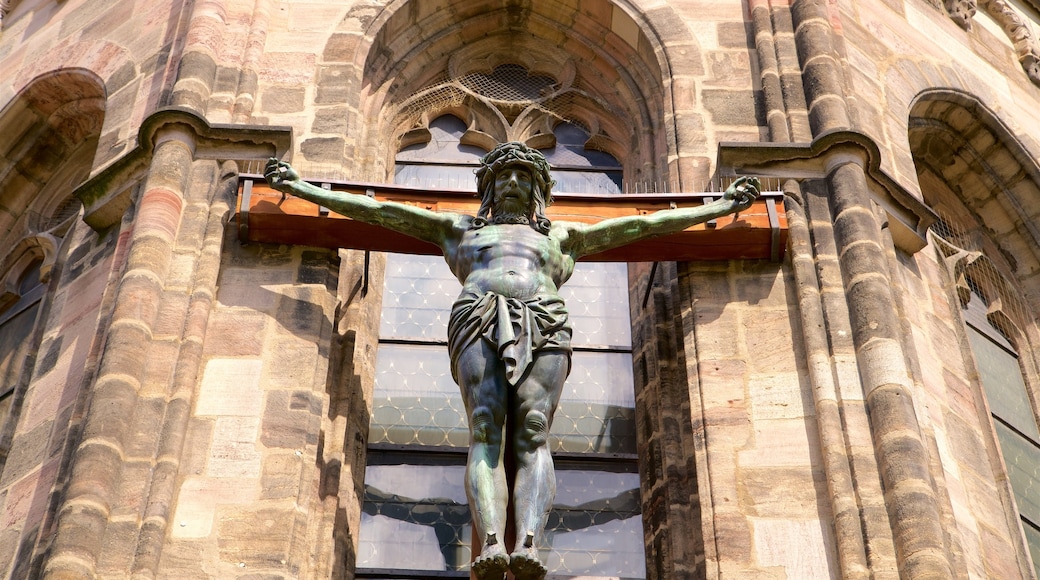
Kunjungi Gereja St. Sebaldus
Lawatan & kunjungan balik hari
Lihat semua 108 aktiviti
Nuremberg: Tunnels and Secret Passages in the City Wall Tour
Lawatan Peribadi & Tersuai
Lihat semua 60 aktiviti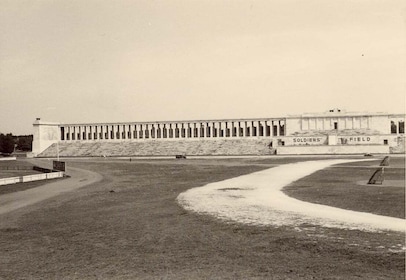
Nuremberg: Tour of Former Nazi Party Rally Grounds
Makanan, Minuman & Hiburan Malam
Lihat semua 15 aktiviti
Nuremberg: Tour of Former Nazi Party Rally Grounds
Kembara & Luar
Lihat semua 8 aktiviti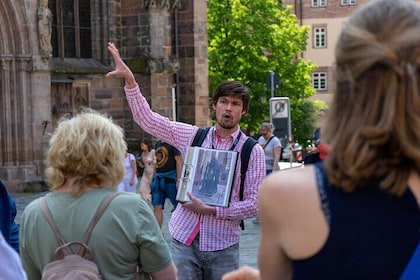
Get to know Nuremberg. Highlights in the old town
Lawatan Percutian & Bermusim
Lihat semua 3 aktiviti
Discover Nuremberg’s Christmas Market Magic with a Local
Tempat popular untuk dilawati

Schöner Brunnen
Schöner Brunnen merupakan salah sebuah tempat untuk dilawati di Nuremberg, jadi apa kata tambah rancangan anda untuk meneroka lebih banyak ketika kunjungan anda? Temui muzium dan gereja di kawasan ini.
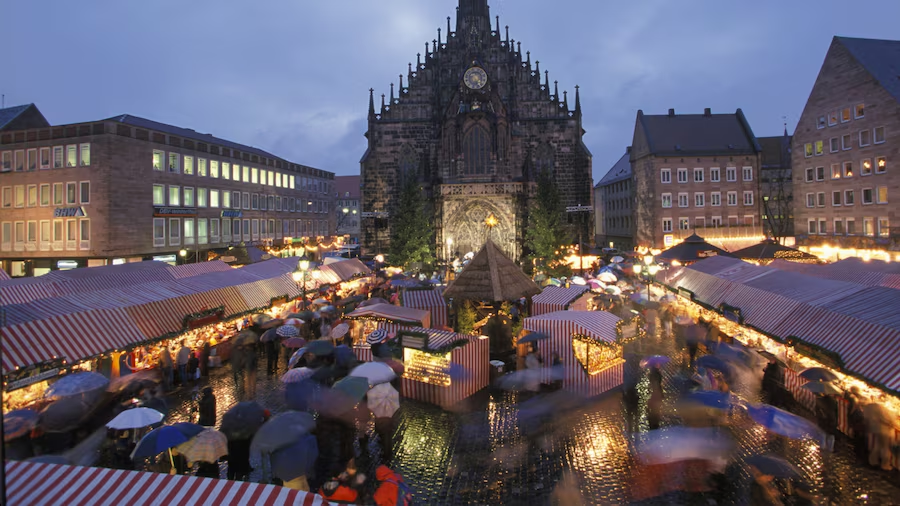
Pasar Krismas Nuremberg
Ketika kunjungan anda ke Nuremberg, anda boleh menikmati aktiviti membeli-belah di Pasar Krismas Nuremberg. Alami muzium dan festival di kawasan ini.
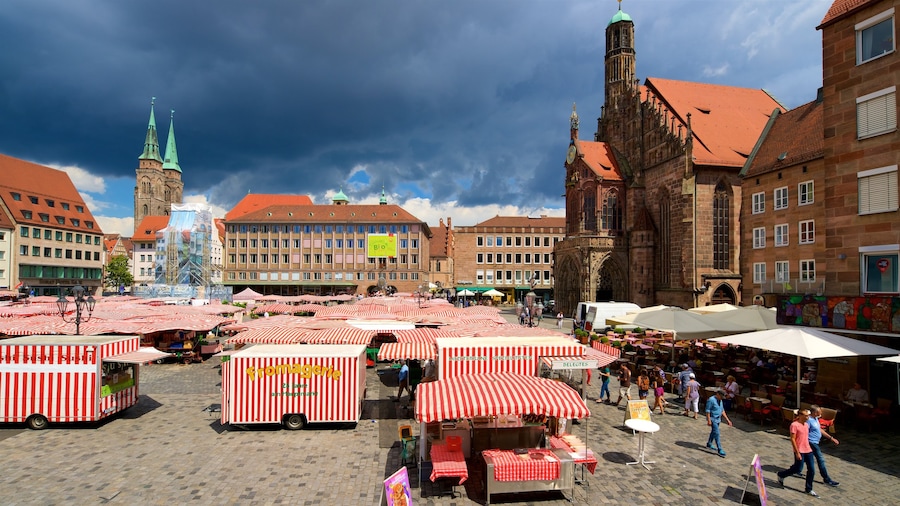
Dataran Pasar Utama
Ketika kunjungan anda ke Nuremberg, anda boleh mencari hadiah yang sempurna untuk dibawa pulang di Dataran Pasar Utama. Temui muzium dan gereja di kawasan ini.
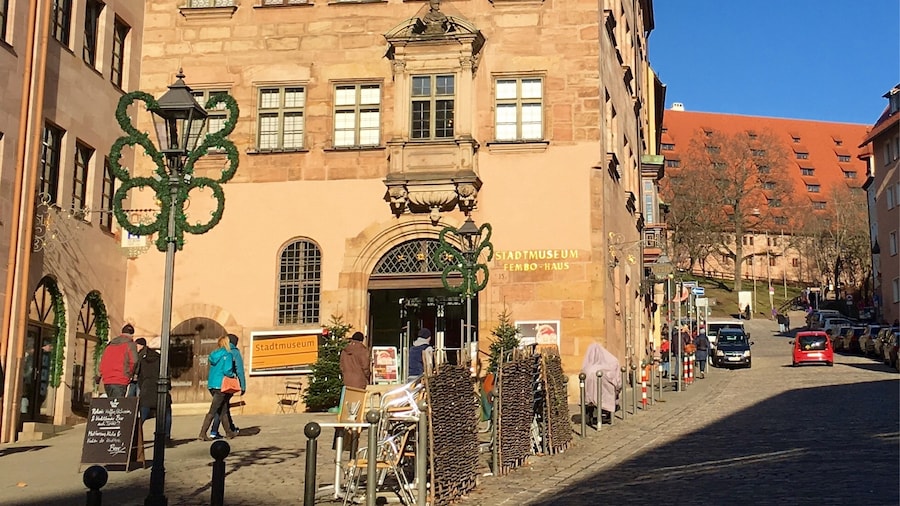
Muzium Bandar Raya Fembohaus
Anda boleh melihat bahan pameran di Muzium Bandar Raya Fembohaus, muzium dengan kisahnya yang tersendiri, ketika kunjungan anda ke Nuremberg. Temui muzium dan gereja di kawasan ini.
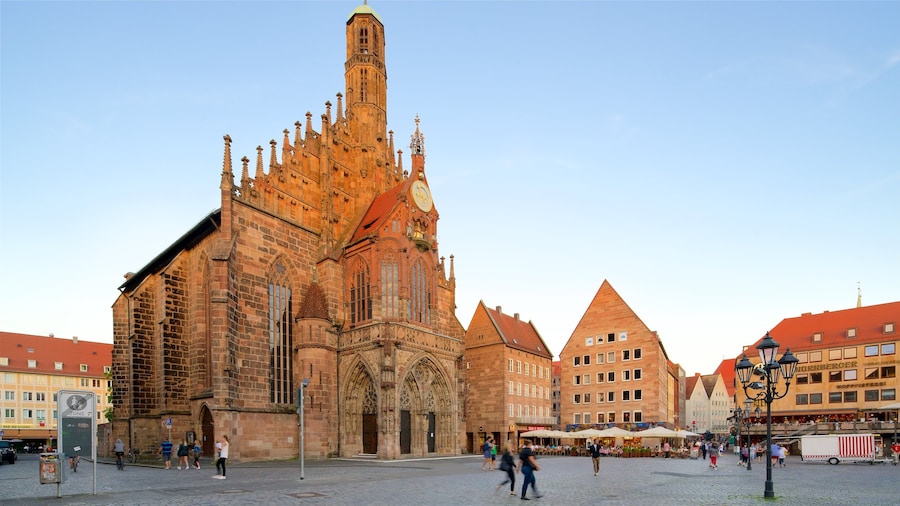
Frauenkirche
Anda boleh pelajari tentang sejarah Nuremberg apabila anda singgah ke Frauenkirche. Ketika berada di kawasan ini, luangkan masa untuk melawat kedai-kedai.
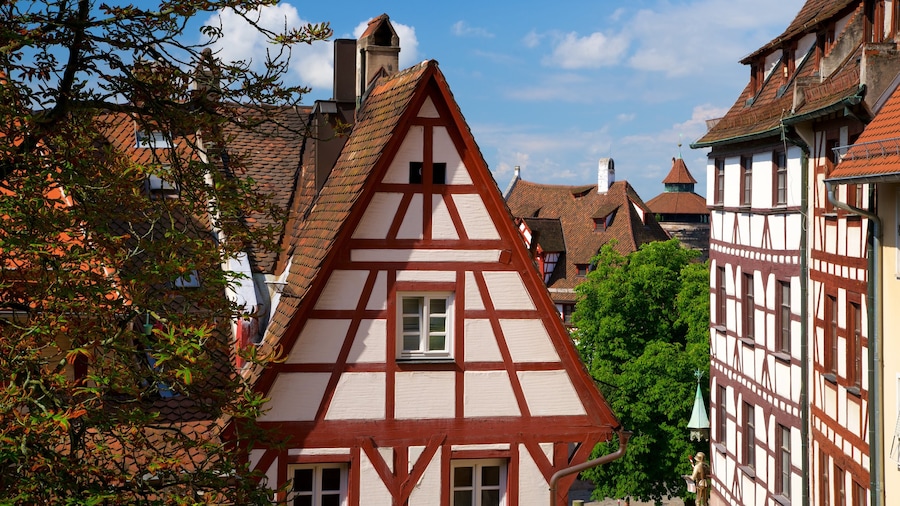
Rumah Albrecht Duerer
Anda boleh melihat bahan pameran di Rumah Albrecht Duerer, muzium dengan kisahnya yang tersendiri, ketika kunjungan anda ke Nuremberg. Temui muzium dan gereja di kawasan ini.
Tawaran Hotel Terbaik
Semak ketersediaan hotel berdekatan Gereja St. Sebaldus

Sorat Hotel Saxx Nürnberg

Novotel Nuernberg Centre Ville

Premier Inn Nürnberg City Opernhaus

Holiday Inn Nürnberg City Centre by IHG
